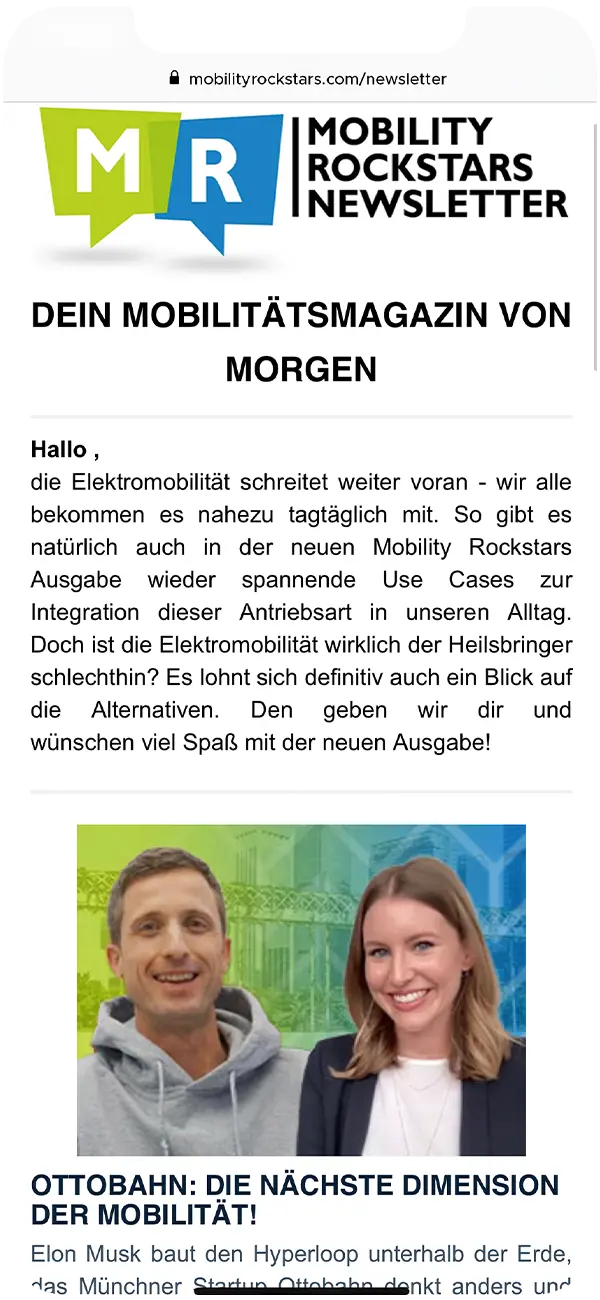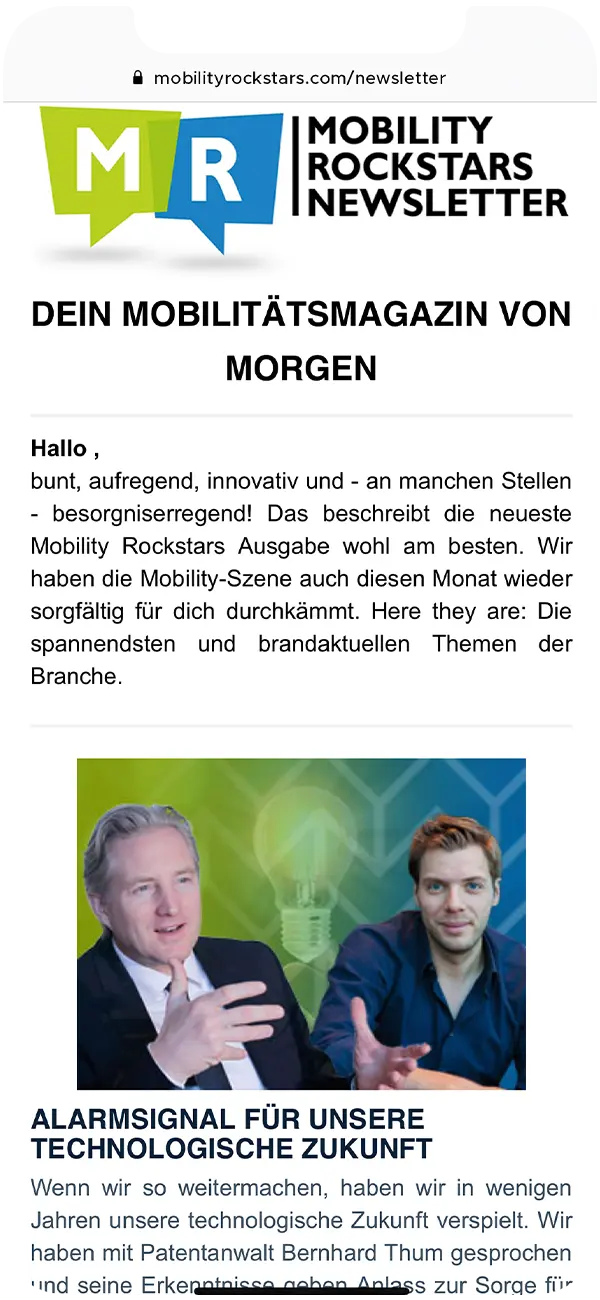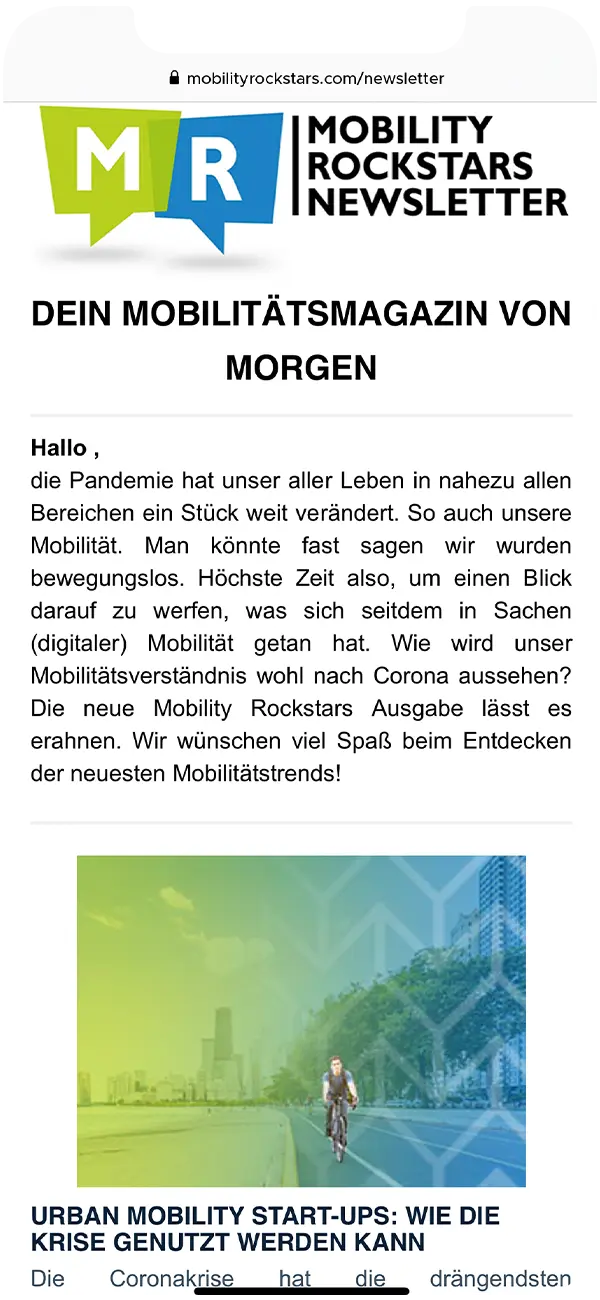Virtual Embedded Pipeline: Into the future with true craftsmanship
In the rapidly evolving landscape of the automotive industry, the concept of the "software-defined vehicle" (sometimes simply abbreviated to "SDV") is paving the way for a new era of mobility. That's a fine way of putting it, but it's true: the days when vehicles defined their added value and thus their value purely in terms of hardware components are long gone. The vehicle of the future can almost be compared to a smartphone with its ability to be constantly updated in all areas, from basic ECU functions to quality-of-life features, from predictive diagnostics to A.I. as an everyday helper. As the industry moves into a very near future where the separation between hardware and software is becoming increasingly apparent, virtual embedded pipelines play an important, perhaps even critical, role. This is a way of further abstracting the functionality experienced by customers from the executing hardware and ensuring the seamless integration of the software development process and testing via virtual environments. At Embedded World 2024, Cognizant Mobility, among others, will provide a first insight into this future, show initial achievements and examples and explain how virtual embedded pipelines can accelerate the path to software-defined architectures. This article fundamentally explains what collaborative ventures and technical breakthroughs are required for this approach and why this can be relevant for an entire industry beyond the boundaries of the embedded world.
- Virtual embedded pipeline in the software-defined vehicle: when modern craftsmanship overtakes old art
- Virtual Embedded Pipeline: Cloud Native is the craft of the future
- The components of the virtual embedded pipeline in a quick dive
- Embracing HPC: How the Virtual Embedded Pipeline promotes the paradigm shift

Marc
Marketing Professional
25.03.24
Ca. 11 min
Virtual embedded pipeline in the software-defined vehicle: when modern craftsmanship overtakes old art
At this point, let’s draw an analogy to craftsmanship. After all, the trade is also evolving: new requirements, new tools, new knowledge. And yet it requires a step-by-step approach from concept to implementation – this has not changed, only the tools have evolved, which brings us to the keyword: Where traditional methods of vehicle development still relied massively on the functions integrated and inextricably linked in the hardware, a lack of flexibility and, above all, a slower pace of development were inevitable consequences. The transition to a software-defined vehicle is not just a development – it is a paradigm shift that enables a more flexible, more efficient and, not least, more cost-effective development process. And this is by no means limited to infotainment, driver assistance systems and general connectivity. At its core, the software-defined vehicle stands for an entire infrastructure for developing software for vehicles quickly and efficiently and deploying it on the vehicle. This also includes critical systems such as the drive and chassis. In order to bring new functions and features to the vehicle without complex architecture adjustments, a strong abstraction is required, which the Virtual Embedded Pipeline supports.
Virtual Embedded Pipeline: Cloud Native is the craft of the future
The Virtual Embedded Pipeline essentially consists of three sub-areas – we explain the integrated standards SOAFEE, AUTOSAR and ARM below – and relies on complete and comprehensive virtualization of all steps.
At the beginning of the pipeline is cloud native embedded software development, which – hence the name – relies on a cloud-based runtime environment and powerful frameworks (including software components from the partner company Elektrobit). The software includes the AUTOSAR standard, which is suitable for series production in the automotive industry. Various actions are automated, such as the builds of the integrated software containers and packages. The software is analyzed and validated in detail.
This is followed by the integration and testing of the software, which is deployed to a virtual machine and tested directly in the cloud – the best thing about this is that the target hardware does not have to be available for this, or even physically exist. Thanks in particular to SOAFEE, a framework with excellent virtualization support, the process can be implemented virtually in the sense of a software-defined vehicle and offers enormous potential for minimizing (development) time, costs and effort thanks to the cloud-native approach via AWS (Amazon Web Services).
Once the testing phase is complete, the software can be deployed over-the-air (OTA) to the target hardware, newly developed functions can be tested live and interaction with the end user is possible. Cognizant Mobility will be demonstrating this at Embedded World 2024, highlighting the particular advantage that the hardware does not have to be present for the entire development process to be successfully completed.
The transition from traditional software development to the virtual embedded pipeline has far-reaching implications and affects almost every aspect of vehicle development from design to maintenance and repair as well as updates throughout the vehicle’s life cycle, keyword UNECE R155 (and R156).

The components of the virtual embedded pipeline in a quick dive
The virtual embedded pipeline integrates various building blocks and key technologies to create a seamless and efficient process.
SOAFEE (Software Architecture for Electronical Control Units) was designed to support cloud-native development in the automotive sector. It facilitates the transition to software-first development and enables the automotive industry to increase speed and flexibility thanks to cloud computing. By integrating SOAFEE into the Virtual Embedded Pipeline, developers can simulate and test software in cloud environments without needing the hardware. This speeds up the development process considerably and ensures that software can be provided for a wide range of hardware configurations.
The ARM architecture is fundamental to the pipeline and used to stand for “Acorn RISC Machines” and still stands for “Advanced RISC Machines” today (“RISC” in turn stands for “Reduced Instruction Set Computer” – the automotive industry undoubtedly has a penchant for pithy acronyms). These are processors with extremely low energy requirements but high performance, making them ideal for automotive applications such as in control units. By using ARM-based virtual environments, the pipeline ensures that software is developed with regard to the underlying hardware capabilities and the corresponding required compatibility. This compatibility between virtual and physical environments simplifies the transition from development to deployment, reduces the important time-to-market and increases the reliability and quality of the end product and its increments.
AUTOSAR (AUTomotive Open System Architecture), in turn, is a standardized platform that enables and supports the development of interoperable software components for vehicles. For very detailed information, we recommend our article on the subject. In the context of the virtual embedded pipeline, AUTOSAR plays a critical role in ensuring that developed software is compatible with existing automotive standards and systems. This standardization is the key to managing over-the-air updates and enabling the continuous development of vehicle functions without hardware fakes.
The synergy of these elementary components of the virtual embedded pipeline represents a leap forward in vehicle development. The cloud-native approach, paired with the adaptivity of ARM and the standardization enabled via AUTOSAR, creates a robust framework for the development, testing and deployment of automotive software with unprecedented speed and efficiency. Above all, it will enable OEMs to bring vehicles to market that are not only more advanced and faster to market, but also responsive to the evolving needs and expectations of vehicle users. And without neglecting increasing connectivity, autonomy and sustainability.
Embracing HPC: How the Virtual Embedded Pipeline promotes the paradigm shift
Embedded World 2024 in Nuremberg will also show just how important virtual development platforms are and will be. To describe this event as “looking to the future” may be seen as a phrase, but it is not without its merits. Virtual process chains are increasingly becoming an integral part of overcoming traditional challenges in software development.
This approach also supports the automotive industry’s shift to HPC (High Performance Computing) architecture in favour of significantly more centralized computing models in vehicles and away from control units with dedicated functionality. The virtual embedded pipeline forces the consolidation of functions and features in the very early phases of development. The keyword here is function-oriented architecture. The fact that developers are already considering at the start of development which functions could be shared across the entire vehicle, for example, or which algorithms really need to run in real time and which do not have this requirement, means that a rethink is taking place. This not only increases transparency, but at the end of the day also enables future functions and the associated innovations to be seamlessly retrofitted during the product life cycle. It is no longer absolutely necessary for developers to know all control units/ECUs and the functions implemented in them or to engage in complex architecture coordination, which in the worst case may even force the installed control units to be flashed. Instead, you can think in terms of services/microservices and “software packages”.
Thinking in terms of central computer architectures (HPC) embodies the evolution of vehicles that are smarter, safer and more adaptive to customers’ wishes. The Virtual Embedded Pipeline has the potential to be the backbone of this evolution. Targeted front-loading in the development process is another obvious advantage of the pipeline: if, for example, errors are discovered, this happens so early in the process and independently of hardware limitations that an adjustment has no negative impact on the development process, for example in terms of costs or development time.
It should therefore be noted that the importance of virtual development environments such as the Virtual Embedded Pipeline can hardly be overestimated. It not only simplifies the development process, but also enables manufacturers to overcome the limits of previous possibilities in automotive technology, roll out functions faster, react more flexibly to the market and ultimately offer customers well-designed and maintainable products. An important signal at a time when the international competition could hardly be greater and more challenging and which can bring German car manufacturers in particular back up to date.
If you would like to be inspired by this live, you can find Cognizant Mobility at Embedded World 2024, or contact us at any time using the contact form for detailed information.
Let the journey begin.







